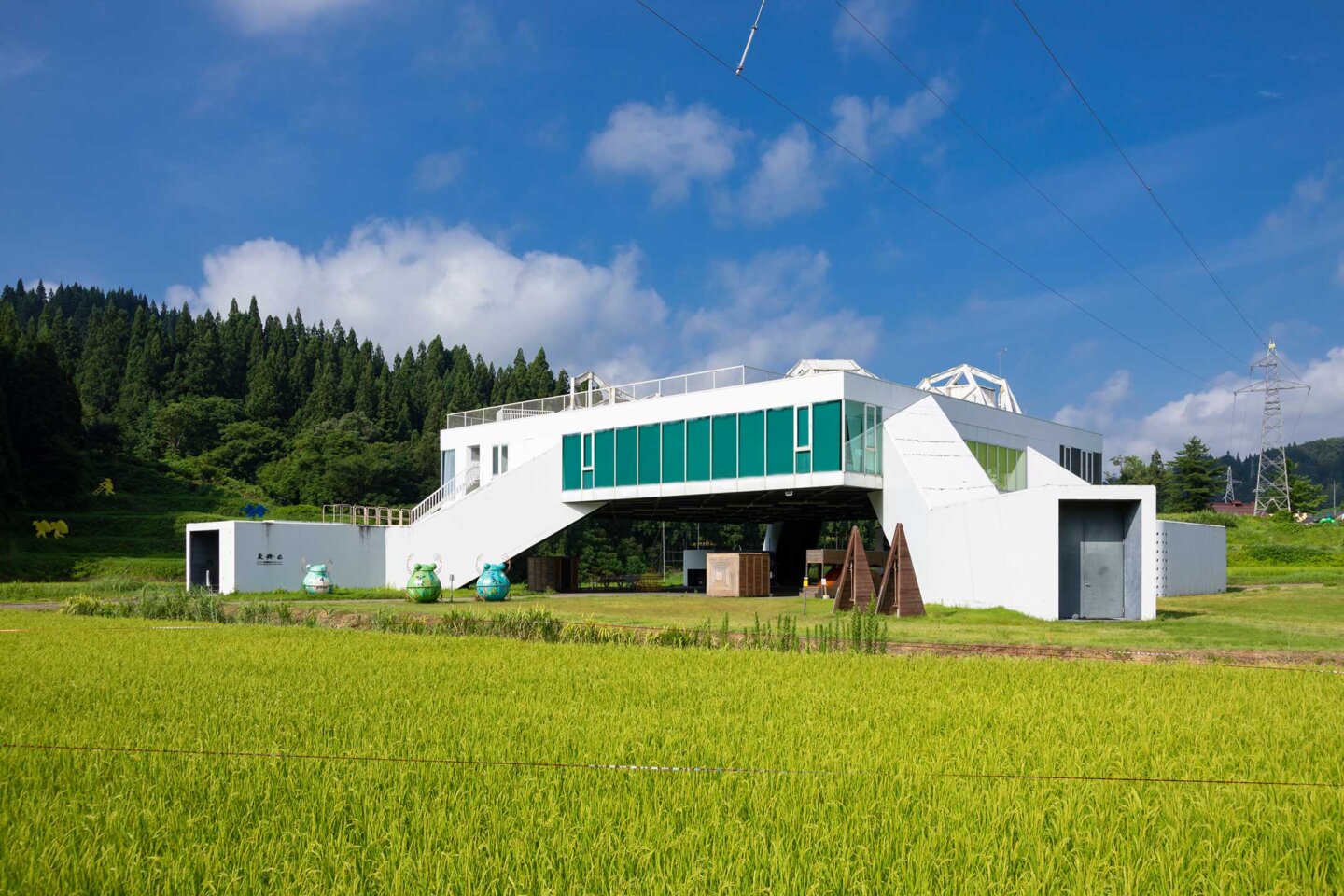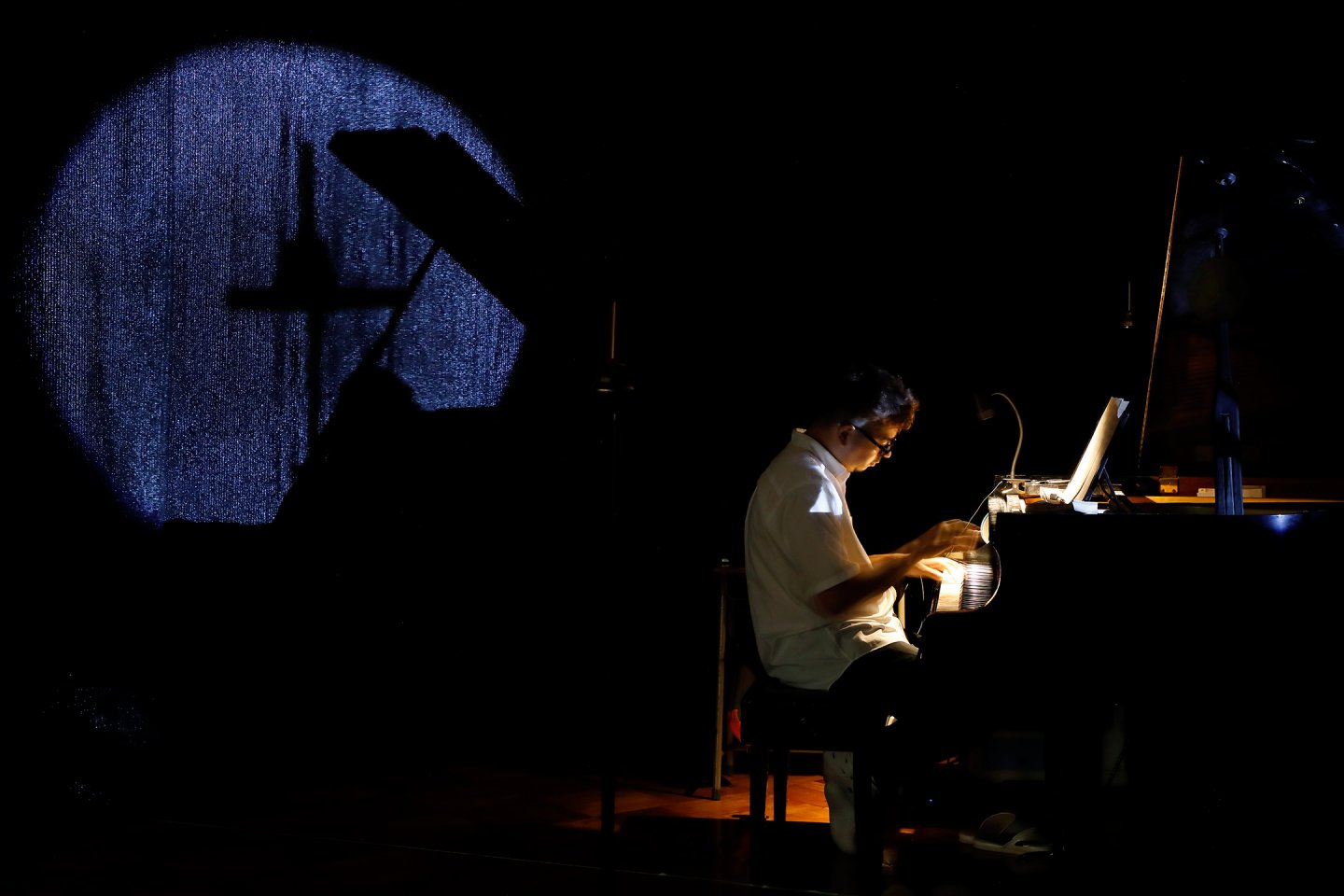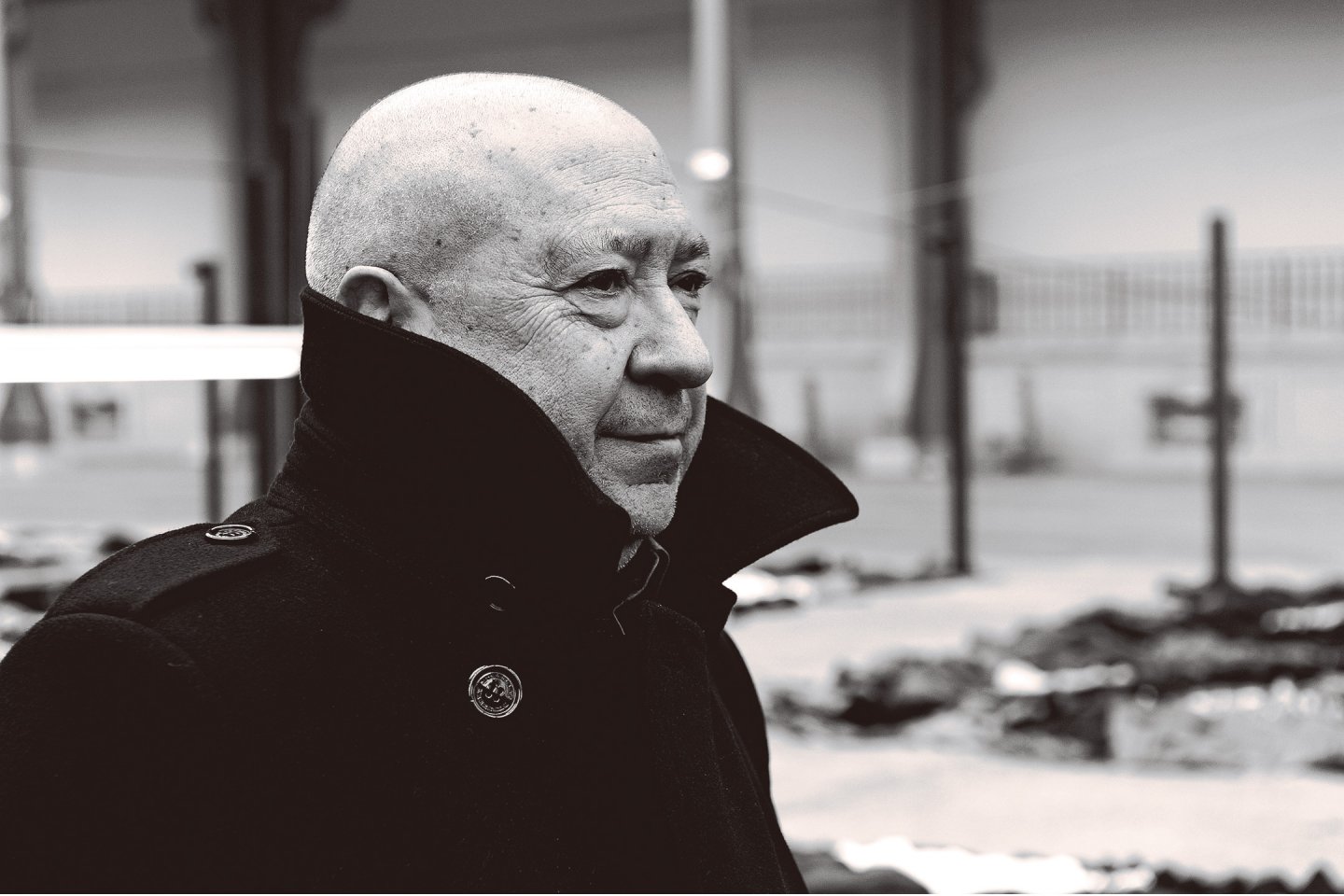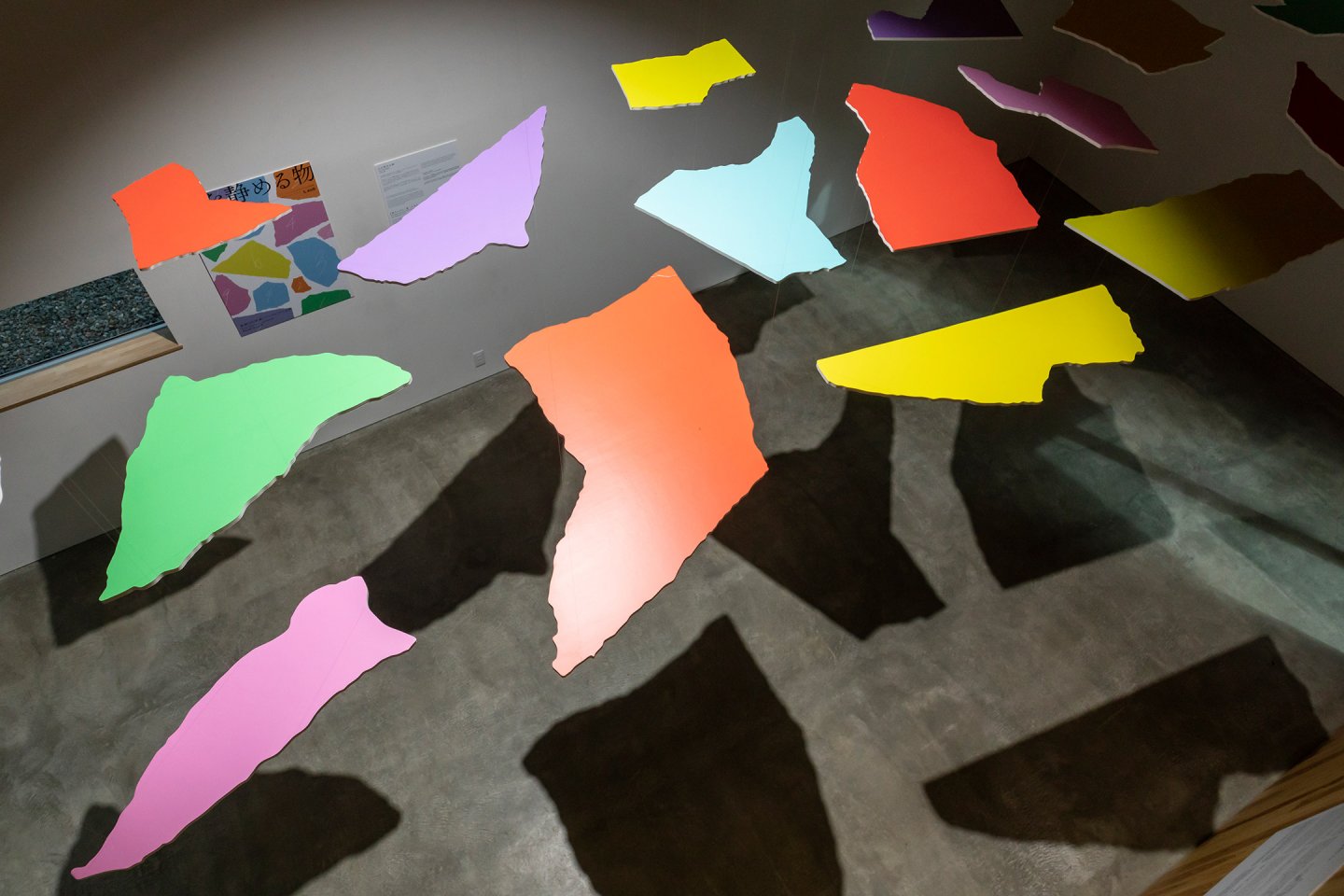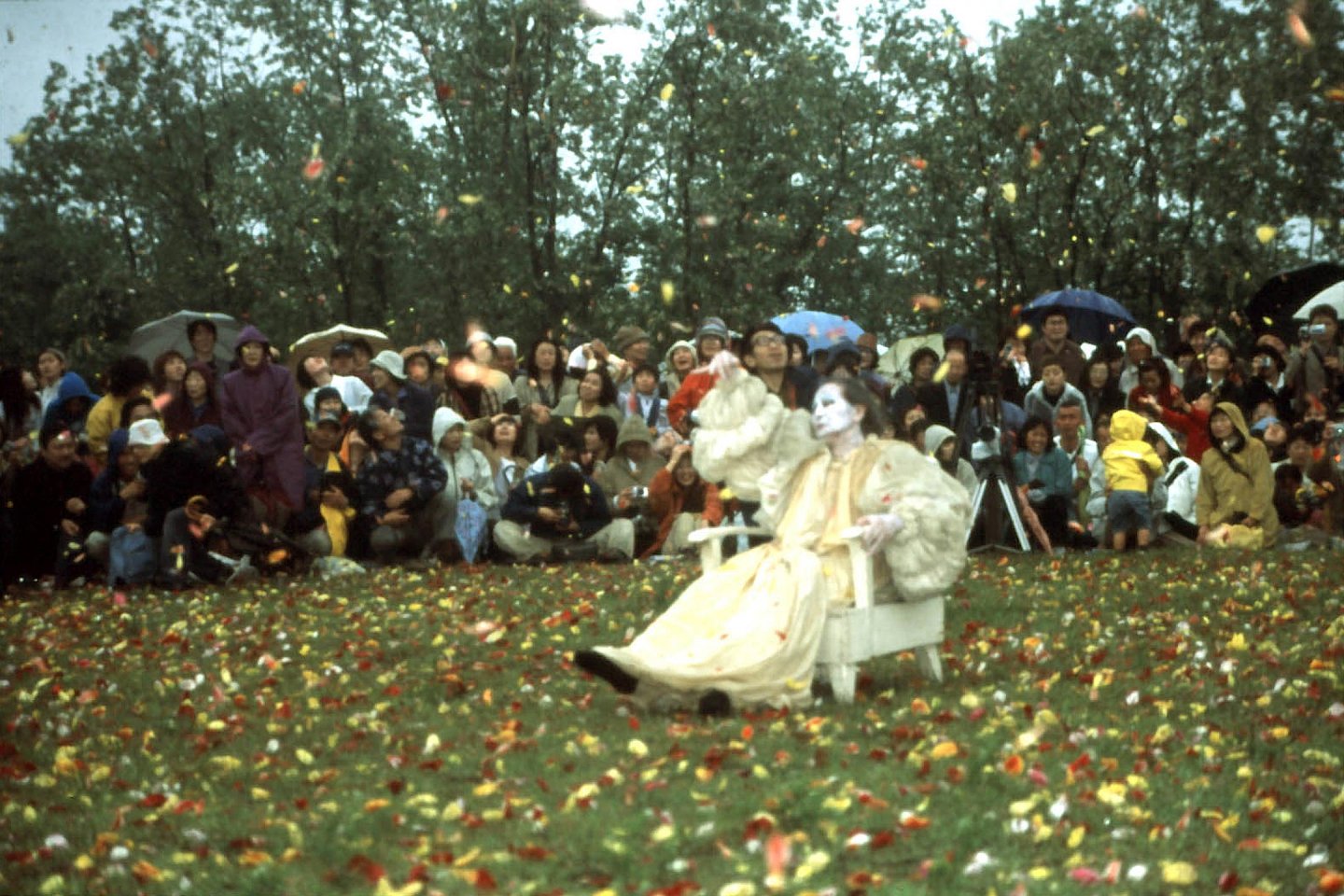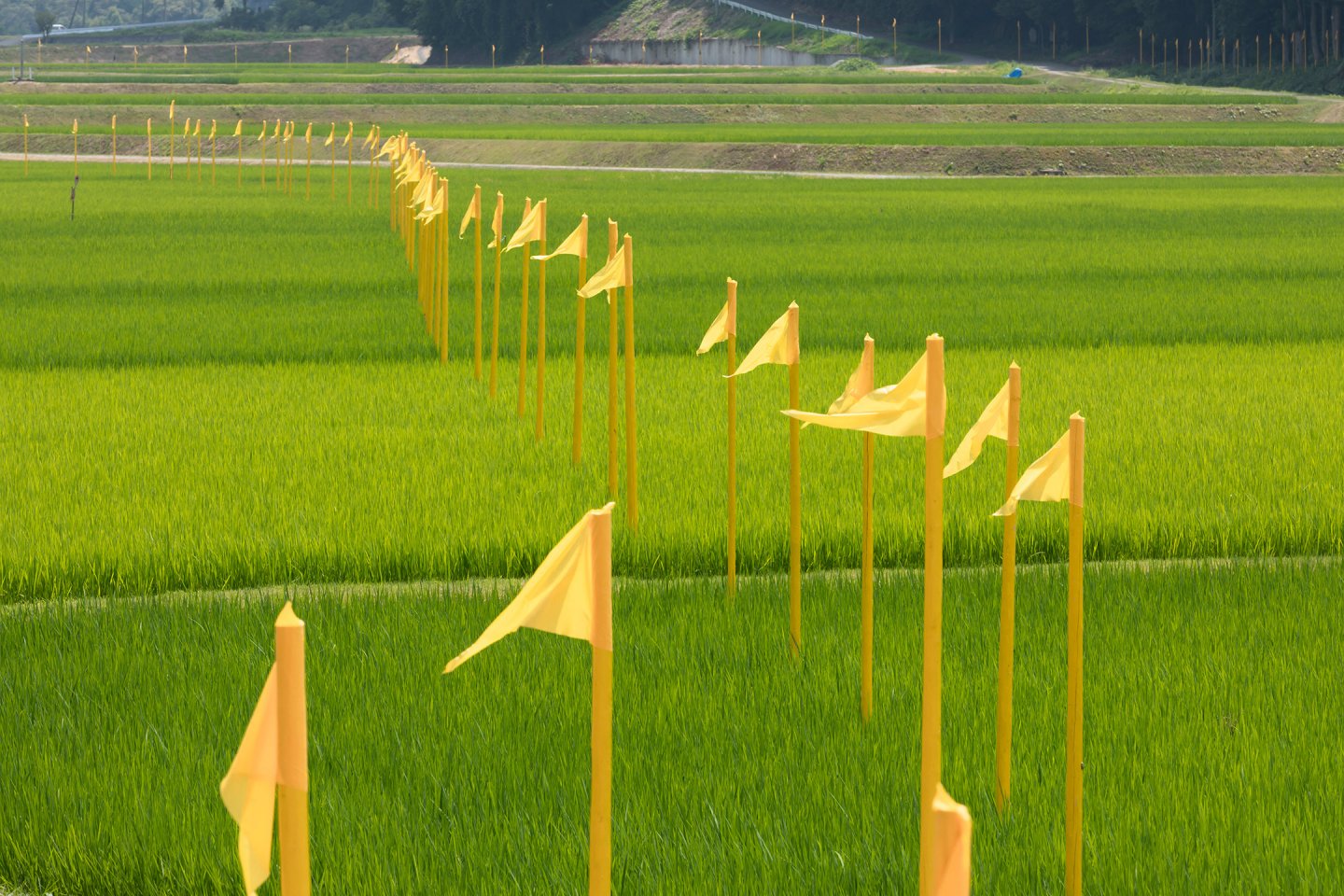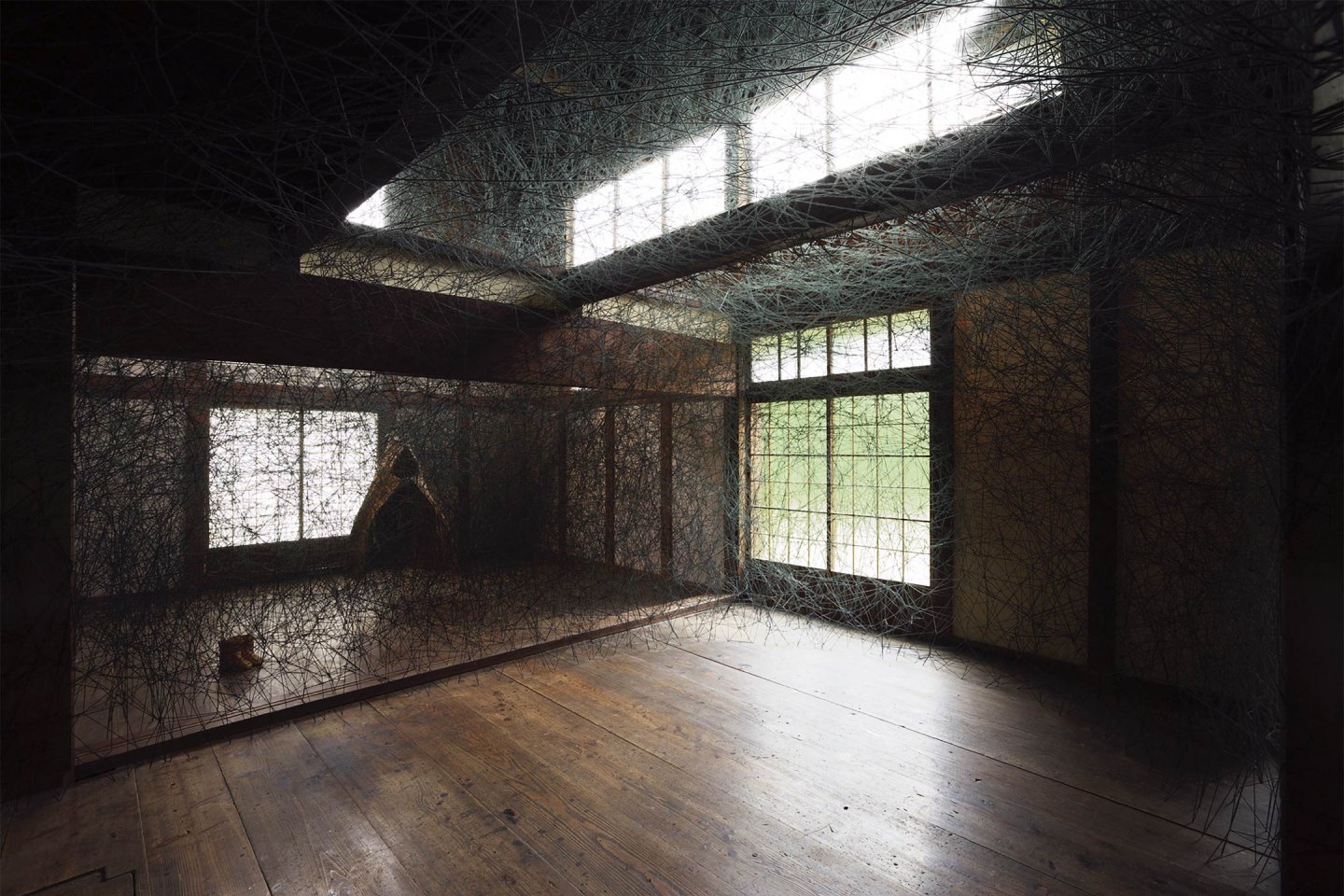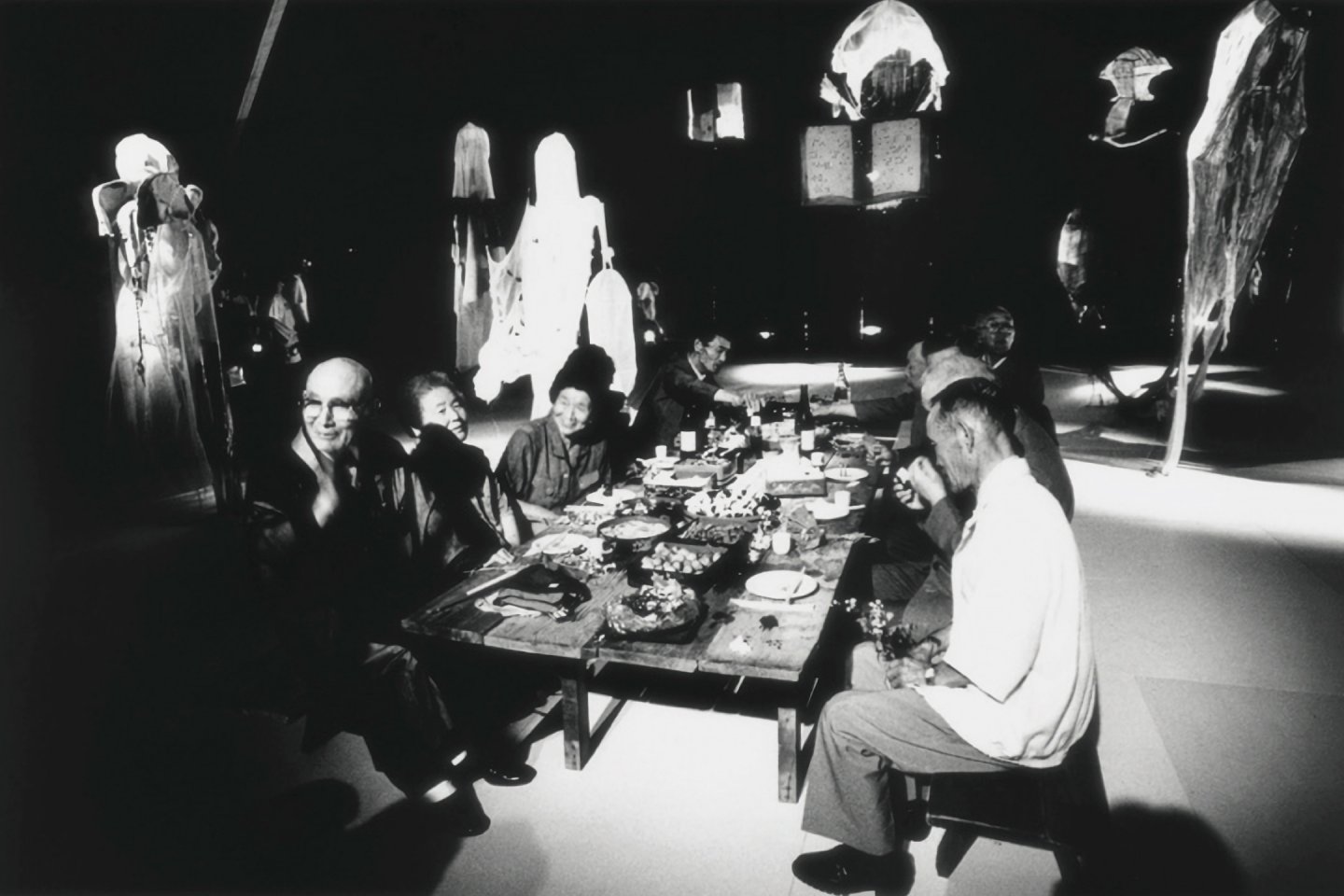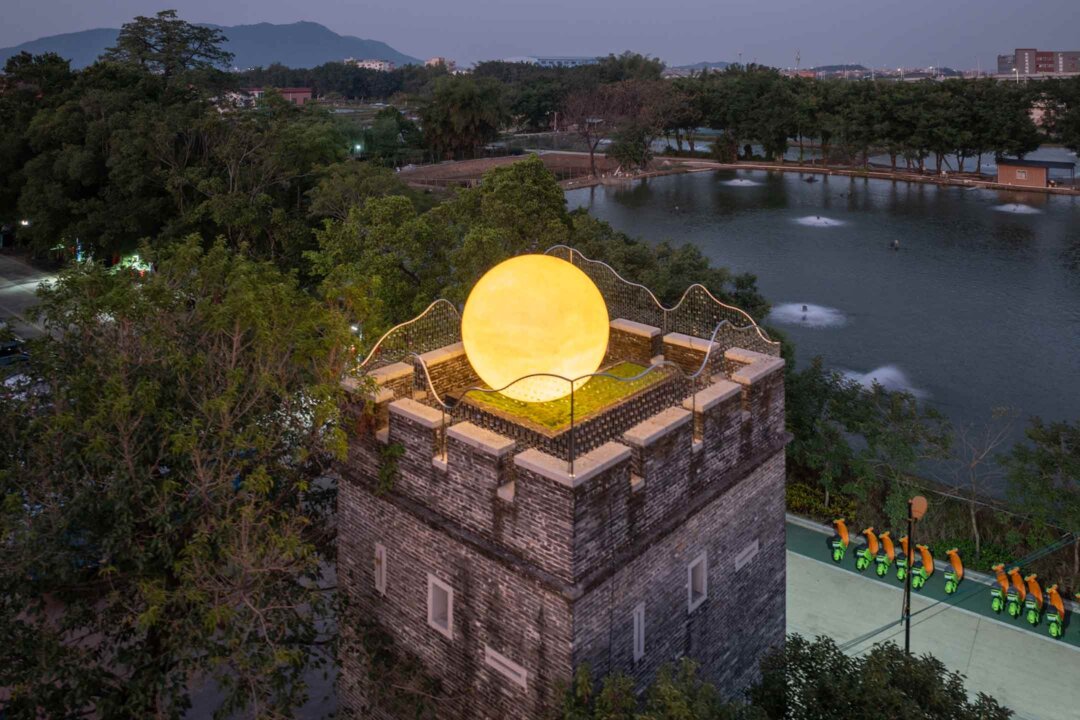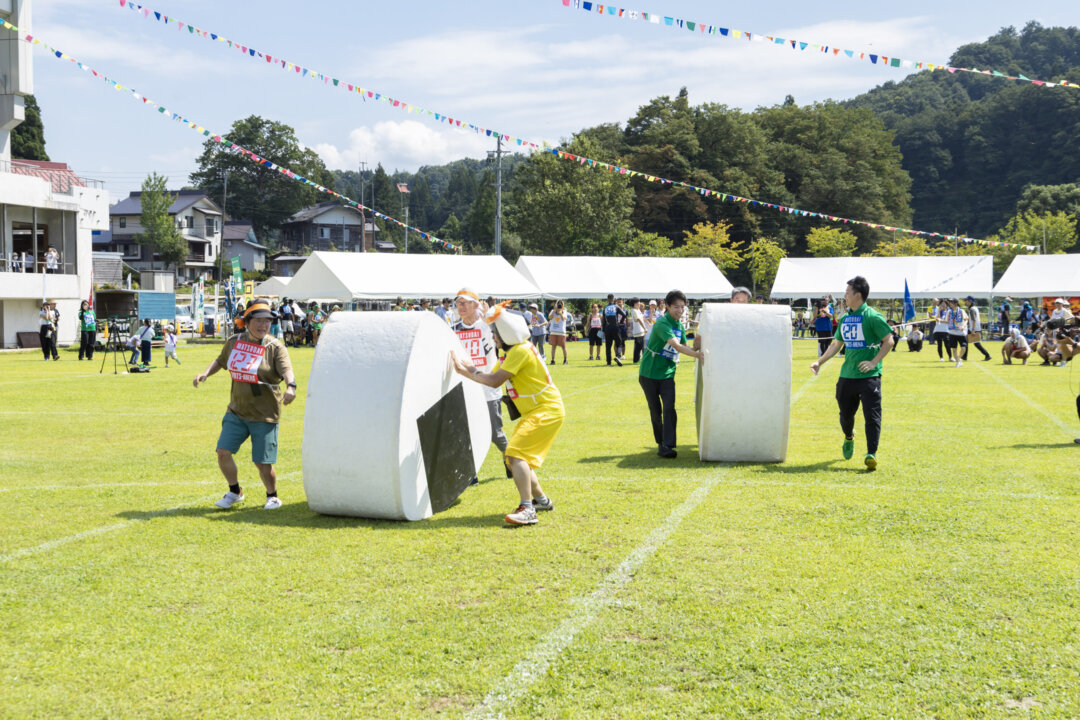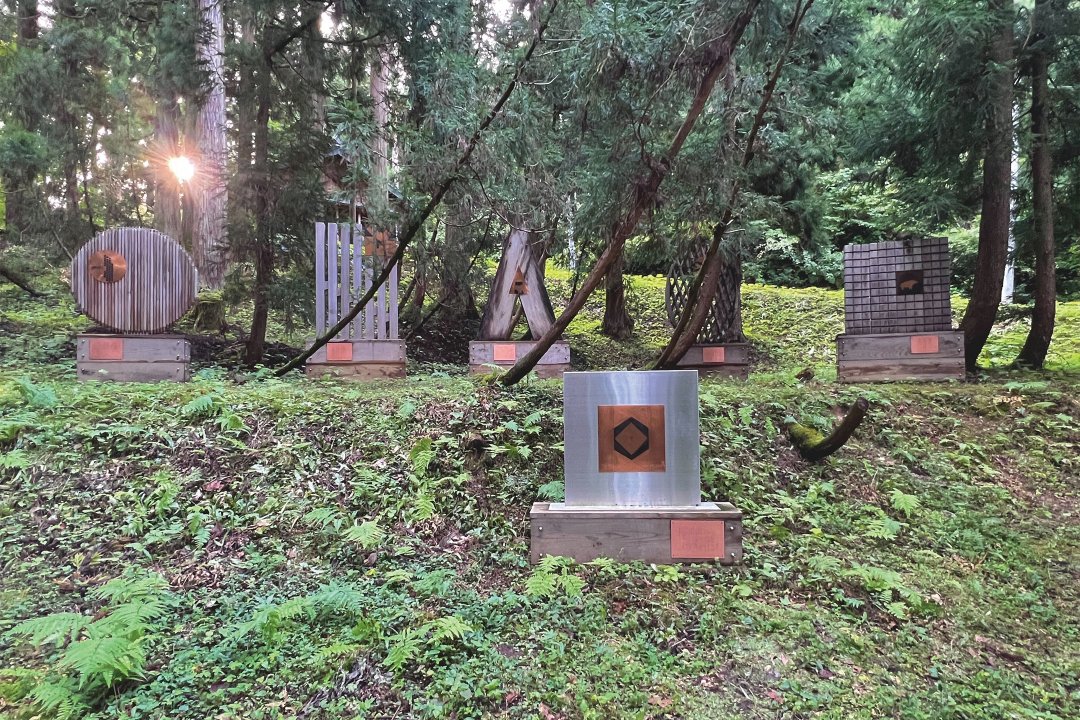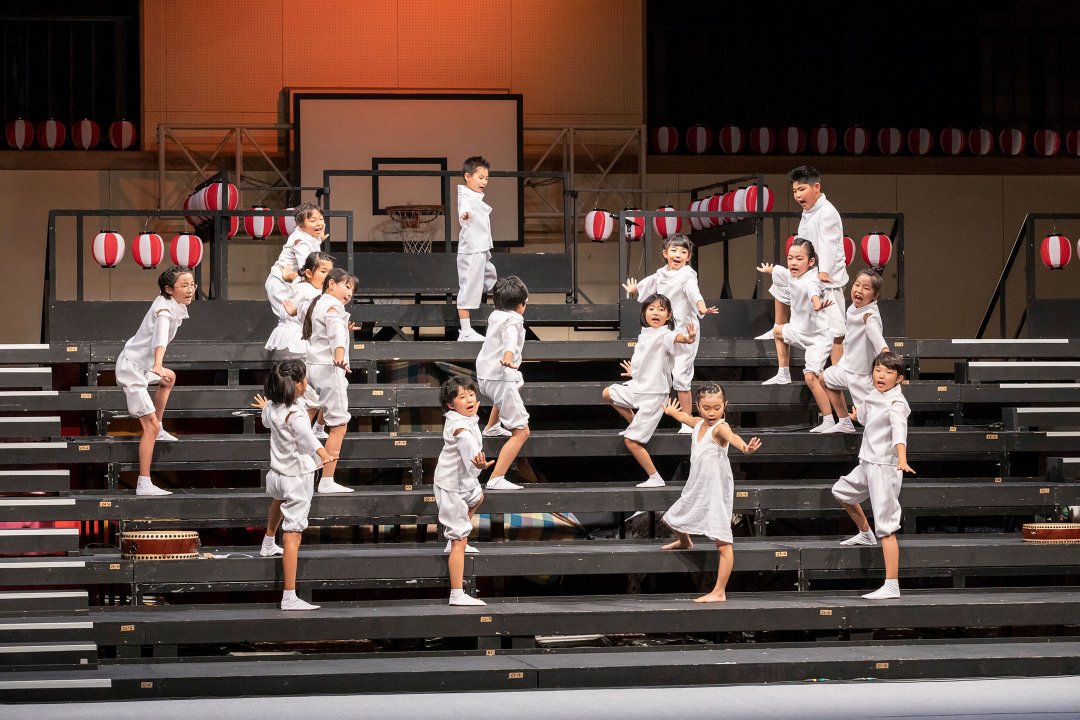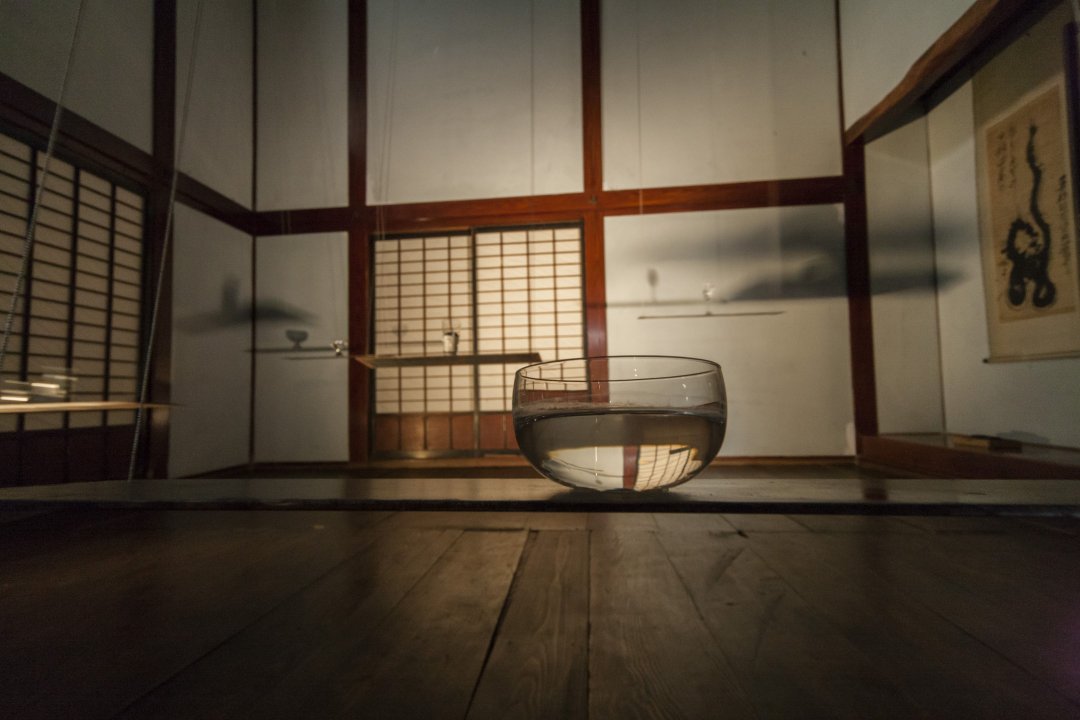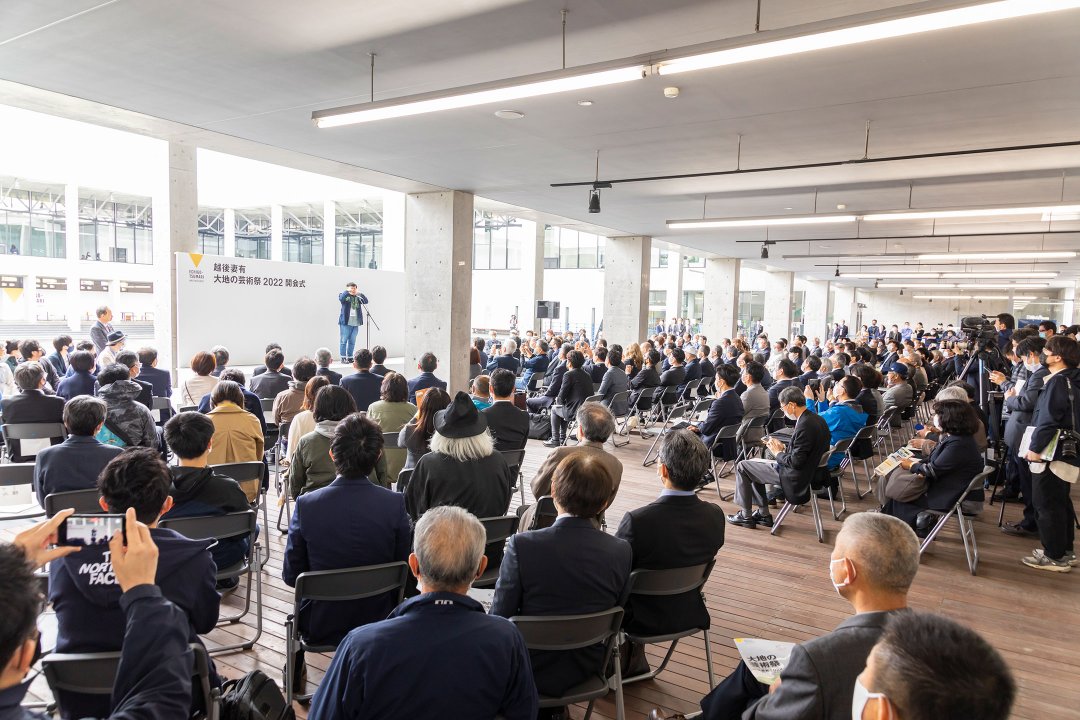Thinking 21st century art in the world from Niigata
Echigo-Tsumari Art Field - Official Web Magazine
Artwork / Ilya and Emilia Kabakov
Artwork / Ilya and Emilia Kabakov
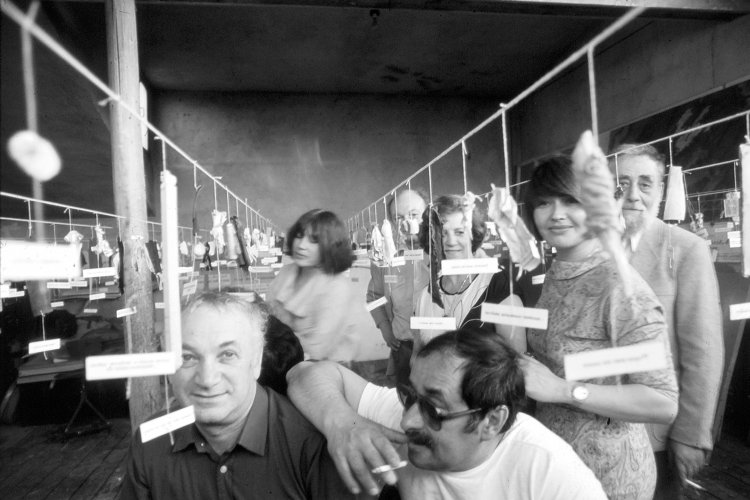
Kabakov’s dream come true in Echigo-Tsumari
Text and edit by KONO Wakana (Curator of "Kabakov's Dream" / Waseda University)
27 March 2021
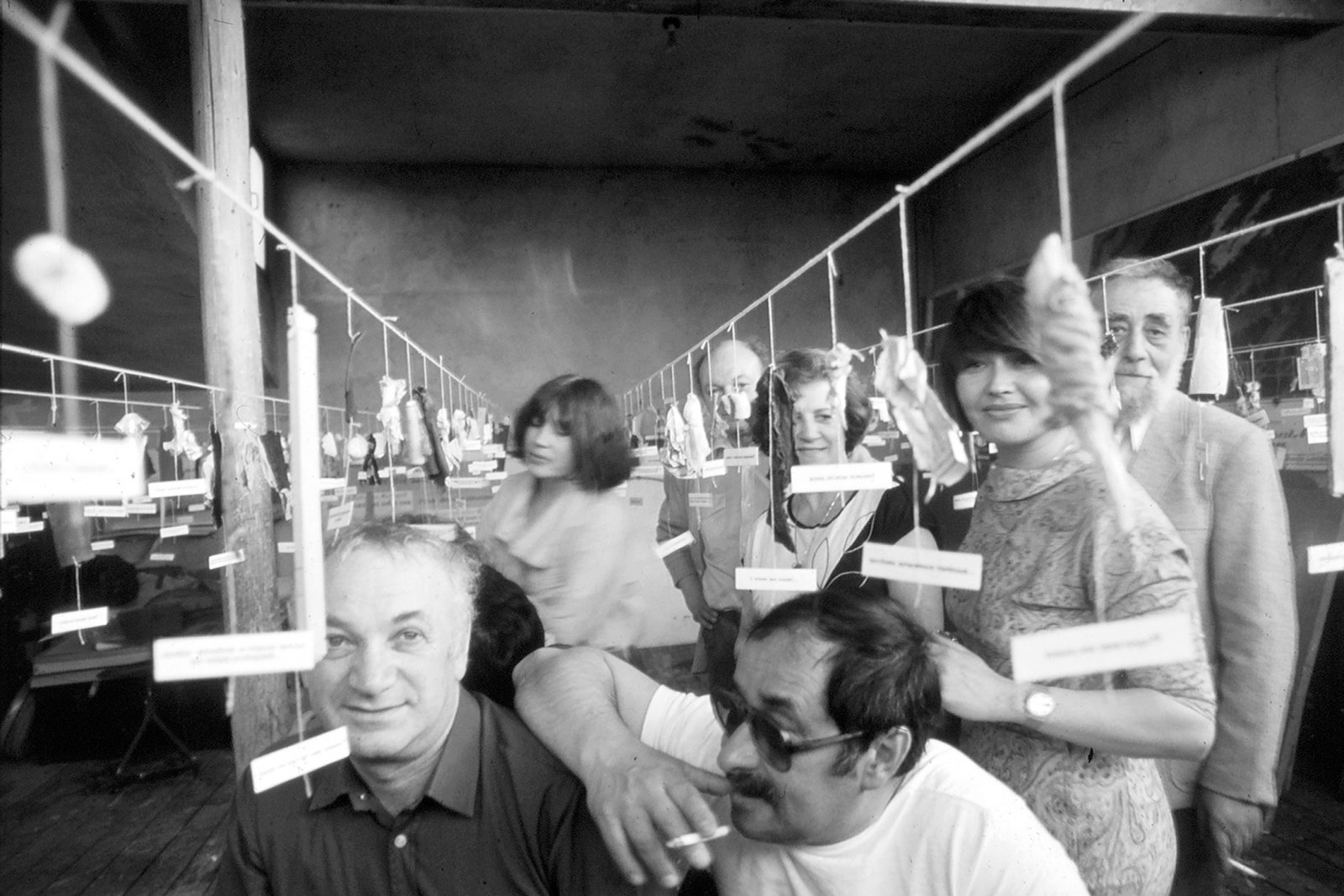
Six new works, this summer
“Kabakov’s Dream” comprising two existing and six new works, which have never been seen elsewhere in the world, will be born for ETAT2021 this summer.
Ilya Kabakov is a Jewish artist born in 1933 in the former Soviet Union. While he was officially known as an illustrator of children’s books from 1950s to 1980s under the cultural control enforced by the Soviet Unionregime, he continued unofficial activities and kept producing works “for himself” in the harsh environmentwhere he wasn’t given opportunities neither to leave the country nor to freely present his works. After moving his base to abroad in the midst of 1980s, Kabakov has presented dreams and memories of people through replicatingSoviet-like space called total installation.
Ilya and Emilia Kabakov have been supportive of the activities of Echigo-Tsumari for more than twenty years including the creations of the iconic work, “The Rice Field” (2000) and more recent one called “The Arch of Life” (2015). They say that the earth and nature of Echigo-Tsumari have always been a special place to themselves. What does Echigo-Tsumari means to them? I asked about their feelings.

Profile
Ilya and Emilia Kabakov
Russia (former Soviet Union)
Ilya Kabakov was born in 1933 in the former Soviet Union (current Ukraine). While he built his reputation as a children’s book illustrator during the time of the Soviet Union regime, he pursued his artistic activities outside of the official framework. He moved to the United States via Germany in the middle of 1980s and presented “total installation” replicating Soviet-like space at Venice Biennale and Documenta. Ilya started to work with Emilia (born in 1945) in 1988. In Japan, they had solo exhibitions such as “Life and Creativity of Charles Rosenthal” (1999), “Ilya & Emilia Kabakovo present: Ilya Kabakov orbis pictus – Children’s book illustrator as a social character” (2007) and created “The Rice Field” (2000) and “The Arch of Life” as permanent installations in Echigo-Tsumari. They received The Praemium Imperiale in 2008.
Why Echigo-Tsumari
Kabakov:
Its a good question: Why Echigo-Tsumari? Why to put such important works at this remote place? When we first visited Echigo-Tsumari we were transfixed by some magical atmosphere: mountains, water, snow covered fields. Strange, unusual feeling of peace and calmness surrounding you, inviting to contemplate the meaning of life, and in particular: your life and its purpose. We think that our installations in Echigo-Tsumari are among our most important works.
Kabakov:
Let’s talk about one of our works, “The Rice Field”. We rarely notice the people who spend their life working to make something really important, which is keeping other people alive, sustaining life. We can live without technology and many other material things we are so used to have. But can we live without such simple things like food and water? We don’t think so. And our first project was about celebrating those people who are quietly going about their very hard everyday work, not expecting any glamorous rewards or even simple words of gratitude.
Kabakov:
As for “The Arch Of Life”, all of us are in the same BOAT OF LIFE: being born, struggling to survive, often standing on our knees, being afraid of others, climbing over walls of difficulties and obstacles the life puts in front of us, and either falling under the heavy weight of life or just ready to lie down and to rest peacefully by the end of it.
Kabakov:
All three projects make the most sense being presented at Echigo-Tsumari. The people living there know the harshness of everyday life, work, climate: everything this life puts in front of them. They know how to survive, how to enjoy small pleasures, and how to appreciate tradition and culture. Of course, there will be many visitors, many tourists. It is, after all, the best presentation of art projects in the world done by artists for people to see, contemplate, and enjoy.
Kabakov:
We just want to say thank you to all the people of Echigo-Tsumari for inviting us,for letting us realise our dreams and ideas, for appreciating our work. Being an artist is not so easy neither. And we feel the most grateful and comfortable placing our work at Echigo-Tsumarifor today and for the future generations.

“The Rice Field” (2000) / Objects in the shapes of people making rice in Echigo-Tsumari are installed in the terraced rice field while Kabakov’s poem describing the process of rice production is set in front of viewer, overwrapping with the installations in distance. / Photo NAKAMURA Osamu
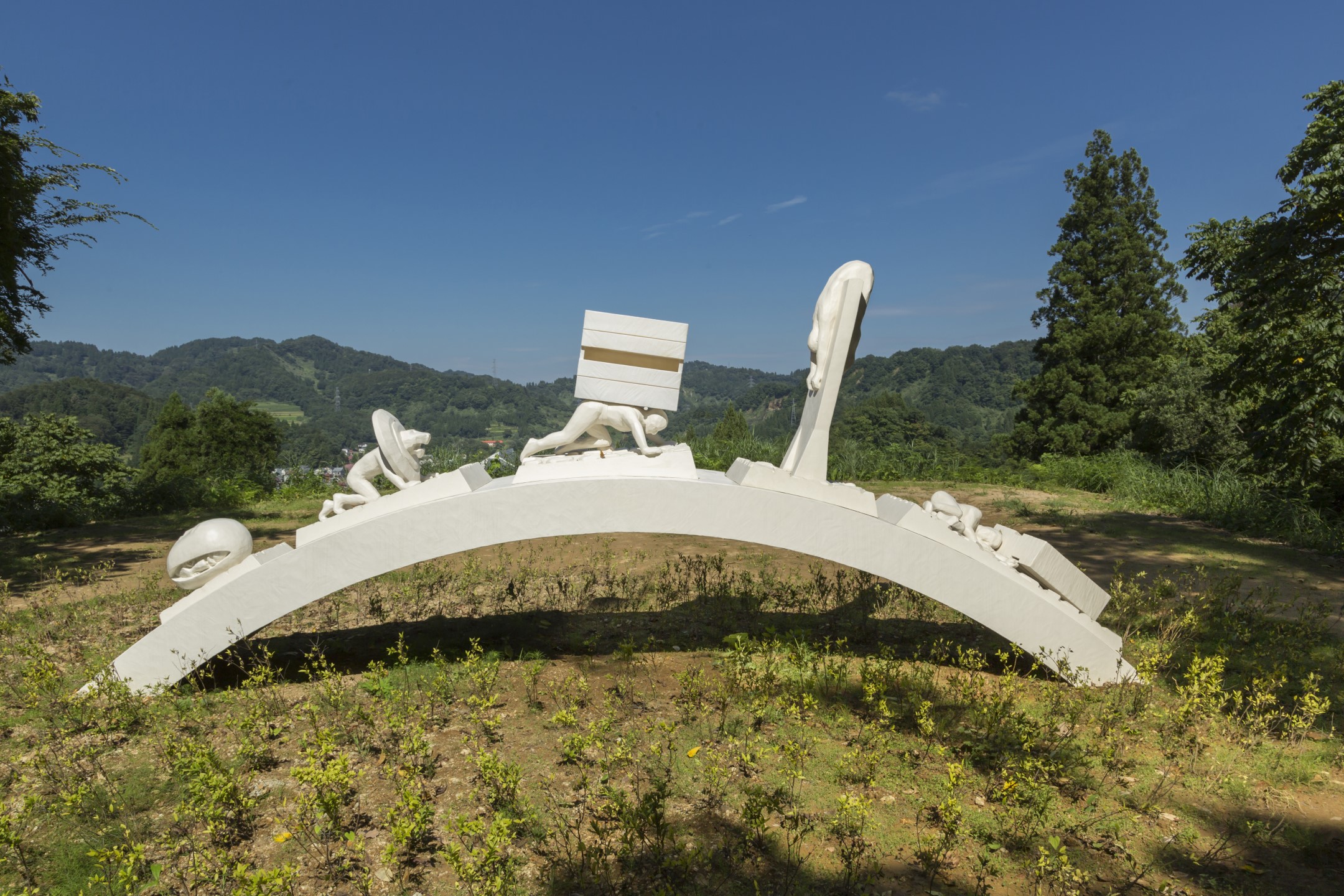
“The Arch of Life” (2015) / Kabakov describes that the artwork consists of five figures representing respective phases of life. A human head being born from an egg represents the beginning of life. “A figure of a boy”wears a mask of lion, feeling frightened to face his life. “The man carrying the box with light” on his back bringslight to illuminate a dark life while “The man climbing over the wall / or an eternal migrant” tries to escape from his circumstances or life itself. The last sculpture “The end / The Tired Person”shows the person can neither stand up nor change his position to relax as he carries something rather heavy on his back. / Photo NAKAMURA Osamu
While artworks that Kabakov have created in Echigo-Tsumari represent the history of their life journey and their creative activities, these works were also born out of the sympathy that the artists felt with life and work of local people as Kabakov said.
“The Rice Field” which invites viewers to appreciate the sculptures while layering the text in front of them over with these sculptures in distance, is not only like a picture book opened in nature but also reflects the experience of Ilya Kabakov being a children’s book illustrator during the Soviet Union era. At the same time, the creation of this work is also driven by the strong desire to remember and eternalise people who have worked and survived through their live in this place.
Kabakov have been talking about Echigo-Tsumari to media in abroad from time to time and once used a quotation in the Russian media in 2018 from a letter thanking for “The Rice Field” from people of Echigo-Tsumari. In the letter it reads “Dear Mr and Mrs Kabakov – we are so grateful (for you). No one has ever expressed us in such a vibrant manner to date.”
Archive of Kabakov’s “dream”
Since KITAGAWA Fram told me that he would like to create an archive which shows that Kabakov have kept dreaming various dreams regardless of being in the difficult circumastances, I have worked with the artists what kind of works we should present. The following six artworks are what we have come to decide to install as new works.
At Matsudai Nohbutai, three works as well as photos of Kabakov’s works and other documents will be presented in three rooms.

“Labyrinth of 10 Albums” at Frankfurt Am Main in 1998 / Photo Axel Schneider
“Labyrinth of 10 Albums” is artwork that Ilya Kabakov created from 1970 to 1974. Ilya is an excellent author of fantastic short stories and this work consists of ten stories and drawings featuring ten people living in the Soviet Union who had their respective dreams. Stories include fantasies such as about a dreaming man who dreams about living in the free sky, “a disappeared man” who closed himself in the closet as he lived in the poor environment without any privacy and in the end disappeared while dreaming about the extended world outside. During the era of Soviet Union, Ilya showed his friends the album in the manner of performing a picture-story show and read out the stories along at his studio and apartment. For the exhibition, these albums will be presented on the tables inviting viewers absorb themselves into the world of the stories.
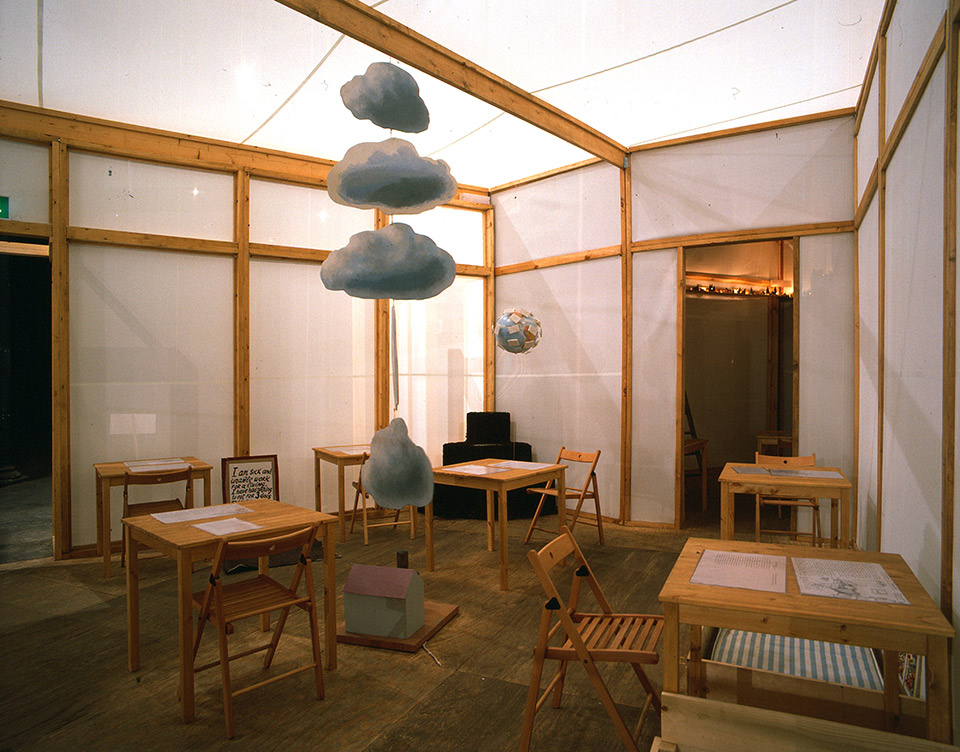
From “The Palace of Projects”. A project bringing down cloud onto the ground by using a strong pump and supply water and humidify drought region. It also represents control of nature and dream of science technology in the Soviet Union.
At Matsudai Nohbutai, the object of “The Palace of Projects”, which carries a significant meaning for the creation of Kabakov’s works, will be created. “The Palace of Projects” is designed to be a palace to preserve plans and dreams of humans including given-up dreams or impossible-to-realise ones as the evidence of people living. People appearing there is ordinary people in the Soviet Union, “imaginary figures created by Kabakov”. The first version of the work consisted of 65 projects and is displayed as a permanent collection in Essen, Germany since 2001. Carefully selected six projects will be re-produced in Echigo-Tsumari. The six projects include ones that are modest but make your life and yourself richer such as “a man who wishes to meet an angel puts himself in a dangerous situation by climbing up a tremendously long ladder hoping that would invite the angel to appear and pick him up”or “a project of becoming a better man than yesterday by wearing wings of an angel for a certain duration every day”.
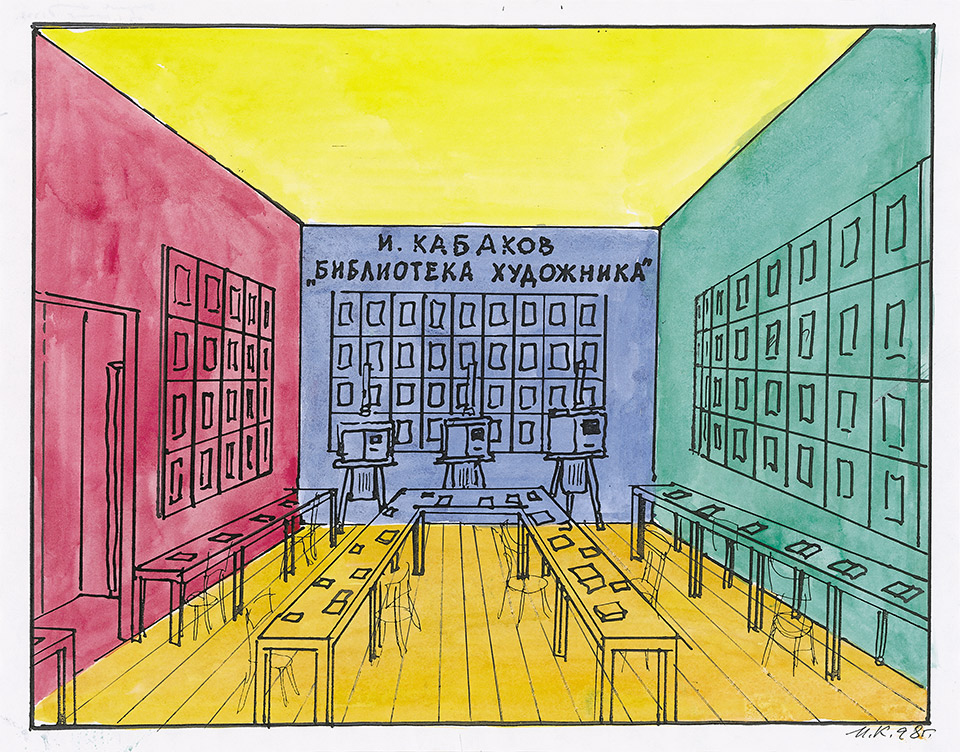
The image of “The Artist’s Library” by Ilya Kabakov
“The Artist’s Library” is an installation representing a space of a library where viewer can look at books and catalogues including the limited edition of Kabakov’s artist catalgue. For Kabakov, places like libraries and archives where people’s life and cultural activities are documented and stored have always been the important theme for creating artworks.
A model of “The Monument of Tolerance”. This monument changes colour when lit by the light that responds to situations of the world and community.
The gigantic monument called “The Monument of Tolerance” will be installed in the mountain of Matsudai area. Kabakov describes about this work as follows:
Kabakov:
We think that toleranceis one of the most important and yet undervalued things in the world.“Tolerance”means that people of all races, nationalities, cultures, notonly will be able to accept each other as human beings, but also respect, understand and help to cultivate knowledge of others on every level. And the best way to implement toleranceis through culture and through education of children. We take care of plants and animals because we need them. But so often we just let children grow without helping them to understand this world, to give them the right values and morals toward themselves, toward the others, toward the life they will have to deal with.
Kabakov:
The culture is something which already has all this and not in a didactic way, but through visual, textual, more subtle approach.We started with “The Ship of Tolerance”, which gives children the platform to speak about their concerns, fears and wishes. We will have “The Monument of Tolerance” to represent this idea of unity, transportation of ideas, which can help people to be able to peacefully discuss their differences, their problems, their concerns. And to spread through the whole world the idea of TOLERANCE via art.
“The Ship of Tolerance”. Kabakov hopes to organise an on-line event in 2021 in which children in Japan and from the other parts of the world can participate.
“The Ship of Tolerance” that Kabakov mentioned is a project launched in 2005 and has been delivered in Egypt, Italy, Switzerland, United Arab Emirates of Arab, Cuba, the USA, Russia and other places. On the ship that Kabakov designed, paintings created by children from around the world are strung together to forms a sail. The purpose of the work is to provide an opportunity with children to learn other cultures and respect different ideas through creative activities and exchanges. In Echigo-Tsumari, the model of “The Ship of Tolerance” will be displayed on the pedestal of “The Monument of Tolerance.”
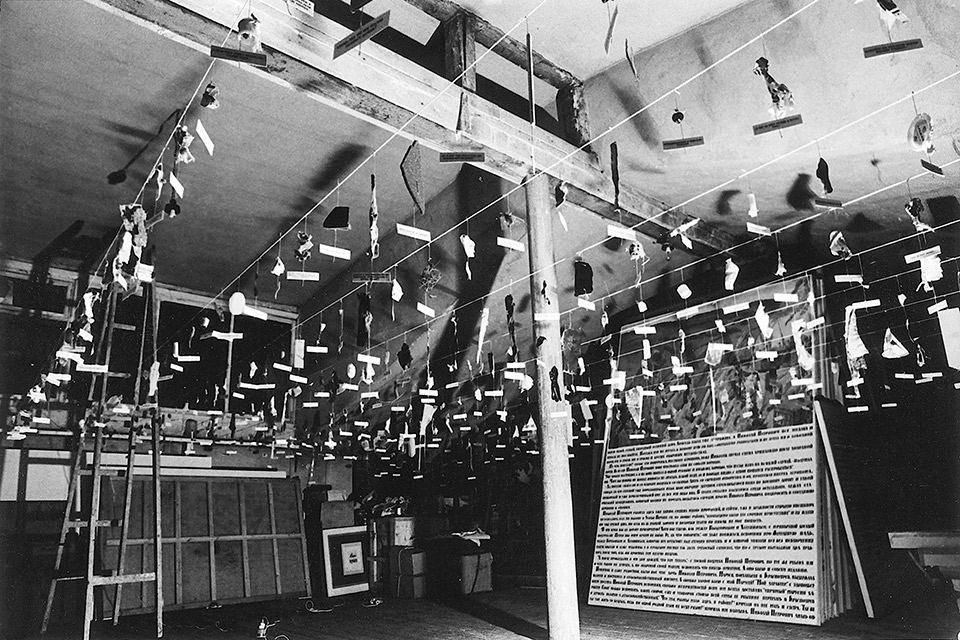
View of installation, Moscow studio (1984) / Photo Jurii Geltov
Echigo-Tsumari Satoyama Museum of Contemporary Art, KINARE will host an exhibition called “16 Ropes” which Kabakov has repeatedly presented since 1984. A couple of hundreds of “garbage” such as pieces of paper and tree barks with written texts are hanging on the sixteen ropes stretching across above your head. What is written in these texts are random conversations about nature, child, house chores, and love such as:
“Come home earlier today.You can help me paint the door.”
“Why did you go in the mud?Who will wash this for you?”
The artists describe these phrases as “non-individualised speech which could belong to each and every person”. This work, like many of other works of Kabakov, reflects the artists’ aspirations to remember all people’s life filled with events in everyday that are something rather ordinary. Rubbish in Kabakov’s work has significance as a symbol of recollections and memories.
The act of dreaming a dream itself is meaningful
During the time of the Soviet Union regime, Ilya Kabakov was unable to leave the country freely and he barely had an opportunity to present his works until his mid 50s. He secluded himself in the studio creating works without having any clarity if such situation would ever change one day. He was too scared of being arrested by the secret police for his unofficial creative activities and repeatedly drew drawings of the moment of himself being arrested. The situation then in the Soviet Union that was stifling and full of danger of survival is somewhat similar to the current state under the pandemic.
Ilya Kabakov still suffered from the feeling of being out of place as an exile after moving to America. “The Arch of Life” is the artwork he projected his own circumstances to. At the same time, however, he also continued to paint humourous and fantastic dreams through his works such as “Ten Albums”and “The Palace of Projects”.
The series of works by Kabakov created under the theme of archiving dreams and memories of human seem to narrate that one can still dream a dream even “to live” is difficult. They indicate that the act of dreaming a dream itself is meaningful even such dream doesn’t come true or it appears to be nonsense to the others. While most of Kabakov’s works are set in the Soviet Union, they engage with universal theme such as life, struggle and desire of human. “Kabakov’s Dream” that will come true in Echigo-Tsumari is not only the archive of their dreams but also a project of co-existence devoted to life and dream of every person.






